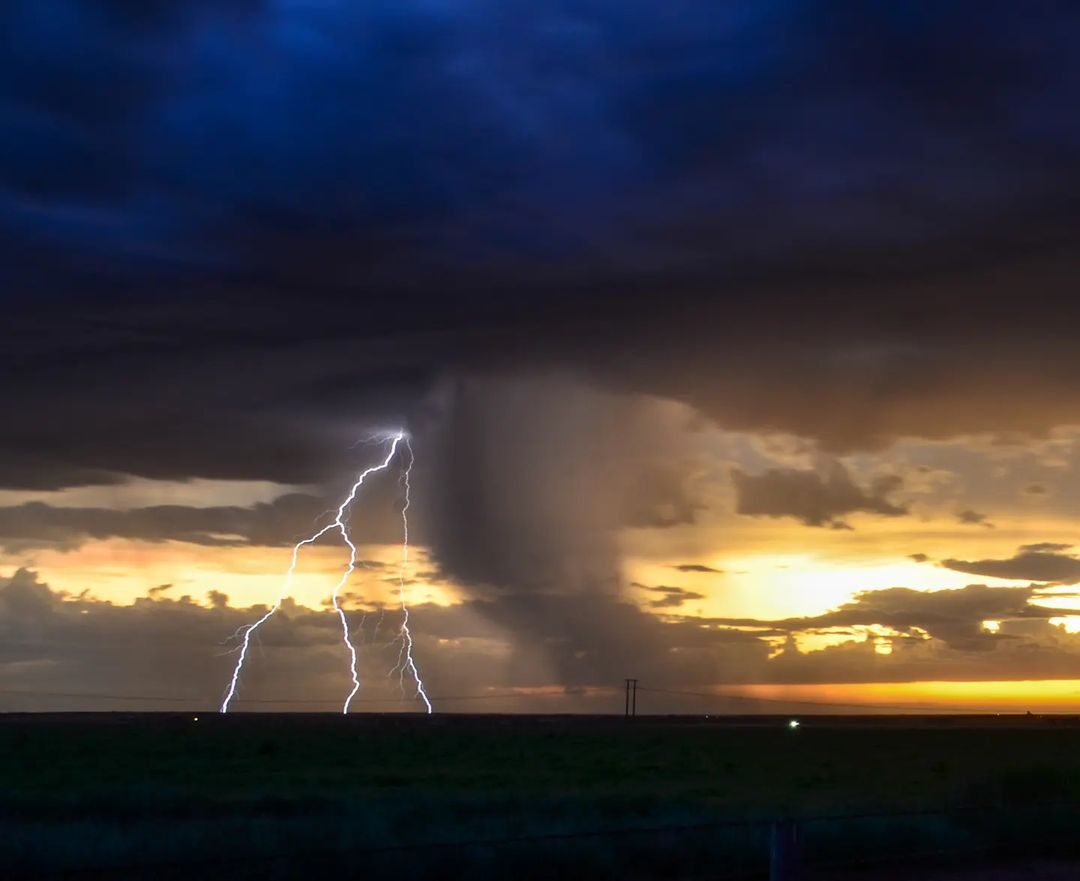
- A perfect mix of thunderstorm-producing ingredients lined up over Australia on the weekend:
- A cold pool of air swept across southern Australia with the passage of a cut-off upper-level low
- This cold air clashed with a much warmer and moisture-laden air mass sitting over the Australian continent
- These contrasting air masses caused the atmosphere to become very unstable and allowed a powerful stream of upper-level winds to develop over Australia
A series of surface-based low pressure troughs provided the trigger mechanisms for widespread thunderstorms to develop
The animation below shows the weekend's thunderstorm activity over Australia, with lightning affecting part of every state and territory. Storms were active during both day and night and occurred from the NT's Top End all the way down to Tasmania.
One of the weekend's most impressive thunderstorm complexes was a line of storms that hit Adelaide on Saturday afternoon as a damaging squall line before tracking across SA and NSW to reach Sydney late on Sunday morning. This storm caused widespread damage in SA and contributed to the state's biggest power network outage since 2016. As of 7am on Monday, 35,000 customers in SA were still without power.
Weatherzone's Total Lightning Network detected just over 4,213,700 lightning strikes over Australia on the weekend. This was an incredibly active 48 hours of thunderstorm activity in Australia, even for late-spring, which is a notoriously stormy time of year across the country.
This article was originally posted on Weatherzone and has been republished here with permission.



Reader Comments
to our Newsletter